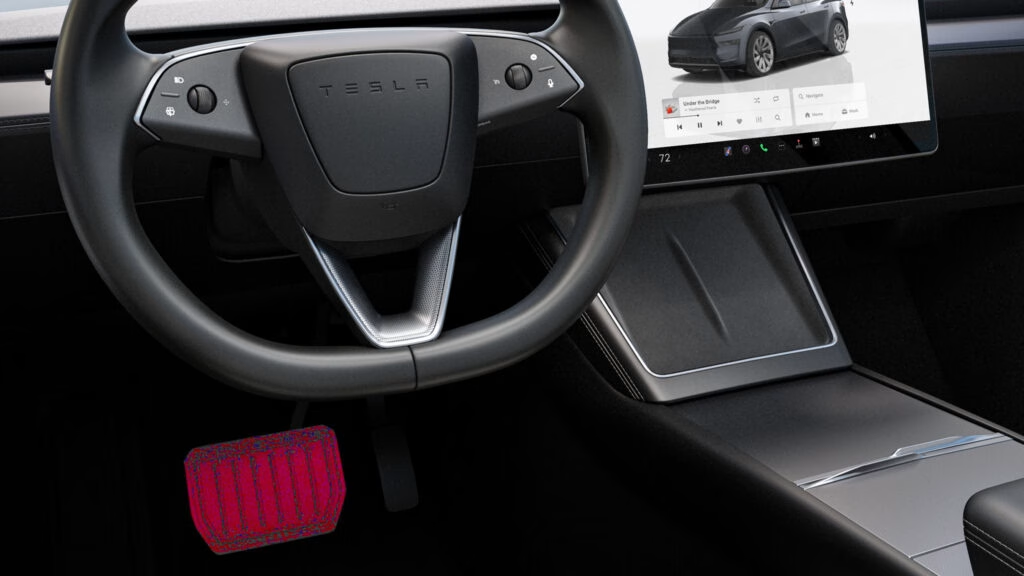Why Did a Teen Fail Her Driving Test for Using Regenerative Braking?
Picture this: you’re taking your driving test in a shiny Tesla Model Y, feeling confident as you approach a stop sign. You ease off the accelerator, and the car slows down smoothly—thanks to regenerative braking. But instead of a congratulatory handshake, you get a failing mark. That’s exactly what happened to a teenage learner in North Bay, Ontario, and her story is sparking debate about how new tech is colliding with old-school driving rules.
What Is Regenerative Braking, and Why Do Some Drivers Rely on It?
Regenerative braking is a hallmark of electric vehicles (EVs) like Teslas. Instead of just using traditional brake pads to slow down, the car’s electric motor reverses itself when you lift your foot off the accelerator, converting kinetic energy back into battery power. The result? Smoother stops, less wear on brake pads, and a little extra juice for your next trip. For many EV drivers, especially in stop-and-go traffic, this “one-pedal driving” feels natural and intuitive.
But here’s the catch: not everyone—including driving examiners—sees it that way. In this Ontario case, the examiner penalized the teen for not physically pressing the brake pedal, even though the car slowed down safely and under control.
Are Driving Test Standards Keeping Up with Modern Car Technology?
This incident highlights a growing gap between what cars can do and what driving tests expect. The Ontario Ministry of Transportation (MoT) says applicants should understand how their vehicle’s systems—regenerative braking included—affect performance during a road test. But there’s no official rule requiring drivers to use the brake pedal if the car can stop safely using regen. That gray area is causing confusion.
And it’s not just Ontario. Across North America and Europe, driving test standards often lag behind the rapid evolution of vehicle tech. Some examiners allow regen braking, others insist on traditional pedal use. The inconsistency leaves learners scratching their heads and sometimes, as in this case, failing tests for reasons that feel arbitrary.
What Are the Real-World Implications for Learners and Parents?
For families with EVs, this story is more than just a quirky headline—it’s a practical headache. Imagine borrowing a parent’s Tesla for your road test, only to realize you don’t know how to turn off regenerative braking (or that you even need to). The Ontario teen wasn’t allowed to pause her test to call her dad for help. The examiner even marked the car as “out of order,” despite it functioning exactly as designed.
On social media, other Ontario learners chimed in with mixed experiences. Some said their examiners were fine with regen; others were told to disable it or risk failing. The lack of clear, province-wide guidance puts the onus on young drivers to guess what’s expected—hardly ideal when nerves are already high.
How Are Other Regions Handling the Shift to EVs and One-Pedal Driving?
Globally, regulators are wrestling with how to adapt. China, for example, recently announced it will ban one-pedal driving by 2027, requiring all EVs to come to a stop only when the brake pedal is pressed. The move is aimed at standardizing safety expectations and reducing confusion for both drivers and examiners.
Meanwhile, in places like California and the UK, driving test policies are slowly evolving, but there’s still a patchwork of rules. Some examiners are being trained on EV-specific features, while others stick to the old playbook. The transition is anything but smooth.
What Should Learners and Parents Do to Prepare for an EV Road Test?
If you’re planning to take your driving test in an EV, here are a few tips to avoid surprises:
– Check with your local testing center about their policy on regenerative braking and one-pedal driving.
– Learn how to adjust or disable regen settings in your vehicle before the test.
– Practice using both regenerative and traditional braking so you’re comfortable with either method.
– Bring documentation or a manual for your car, just in case the examiner has questions.
It’s also worth reaching out to your driving instructor or examiner ahead of time to clarify expectations. A quick conversation can save a lot of stress—and maybe even your test result.
Why This Matters for the Future of Driving Tests
The bigger issue here isn’t just about one teen or one Tesla. It’s about how our institutions adapt to rapid technological change. As EVs become more mainstream (BloombergNEF projects they’ll make up 44% of new car sales by 2030), driving tests will need to reflect the realities of modern vehicles. That means updating examiner training, revising test criteria, and—most importantly—communicating clearly with learners.
The big takeaway? Passing your driving test in an EV isn’t about perfection—it’s about smarter adjustments. Start with one change this week, and you’ll likely spot the difference by month’s end. Whether you’re a learner, a parent, or an examiner, staying flexible and informed is the real key to navigating the road ahead.

